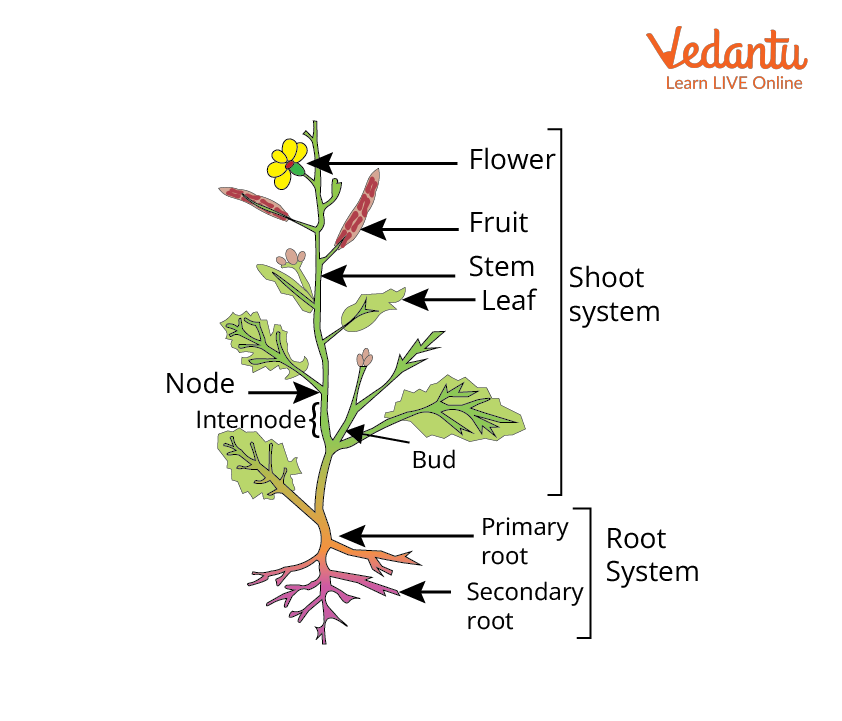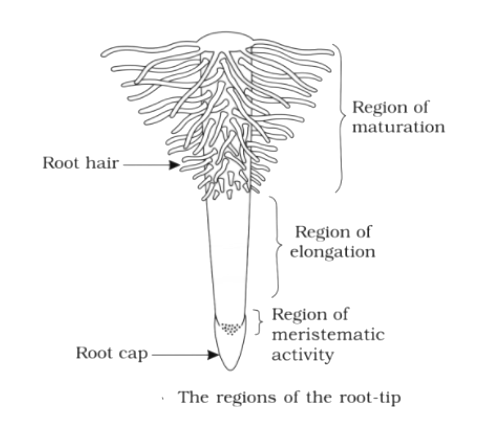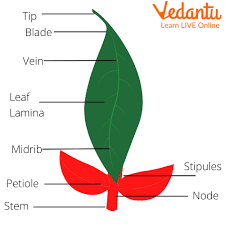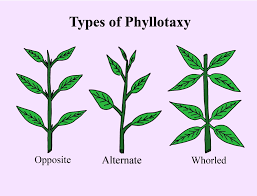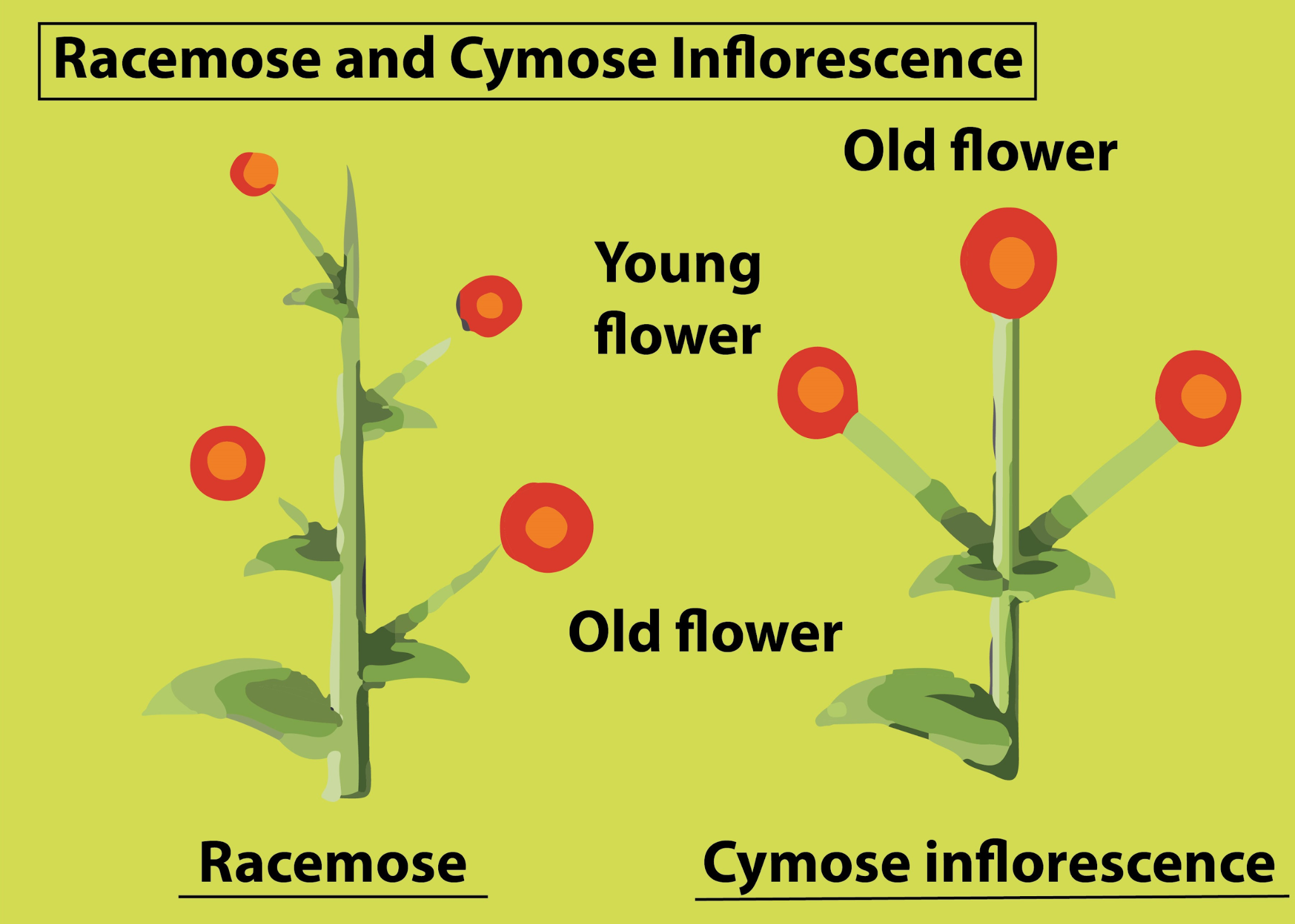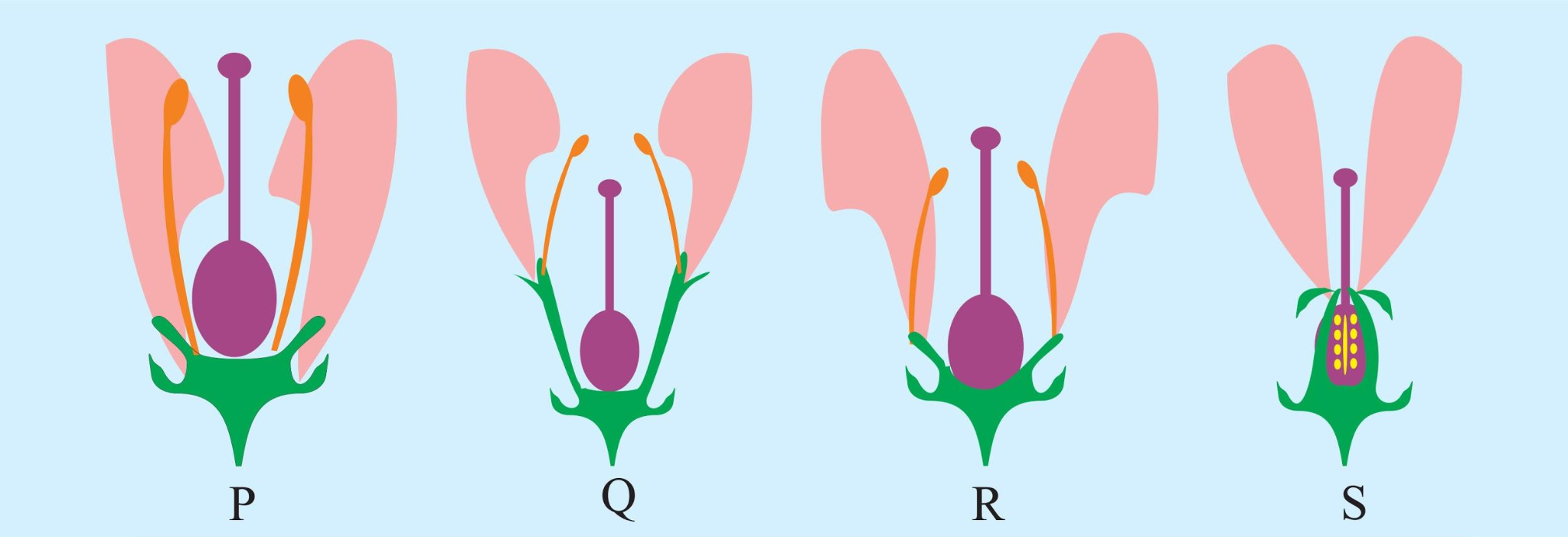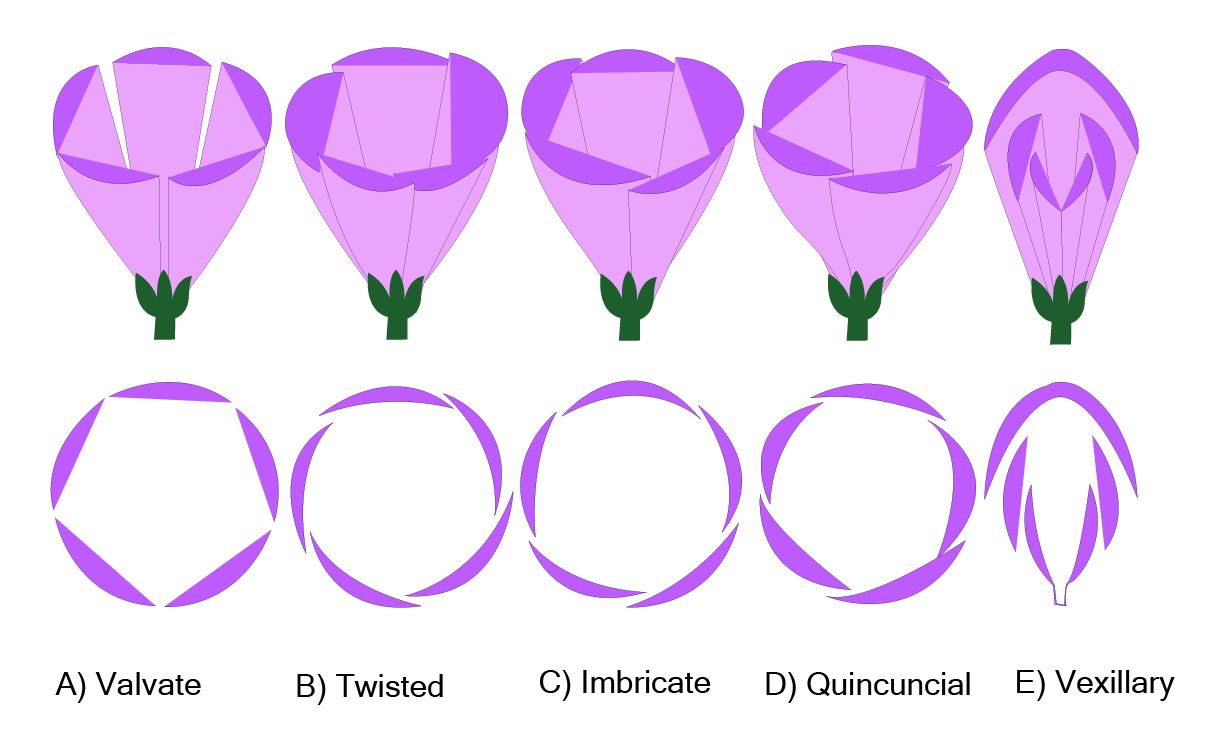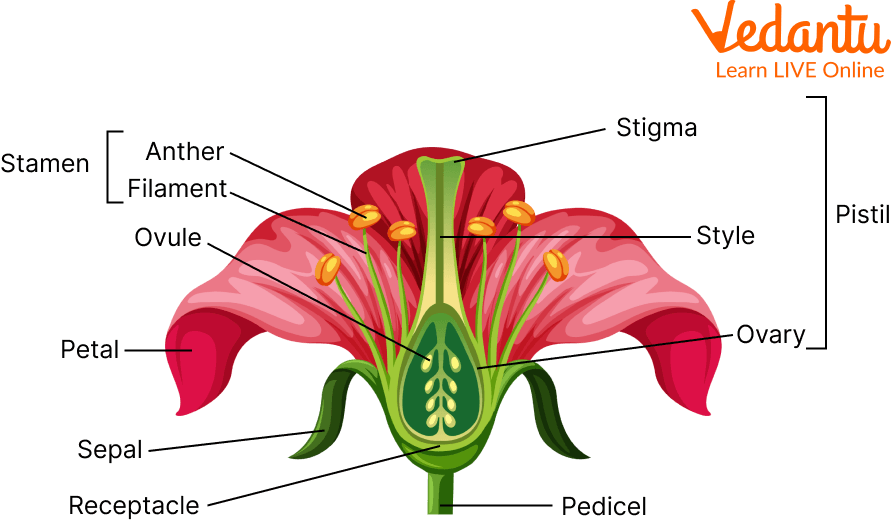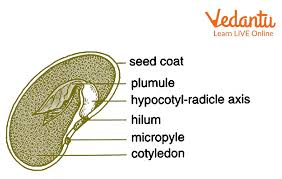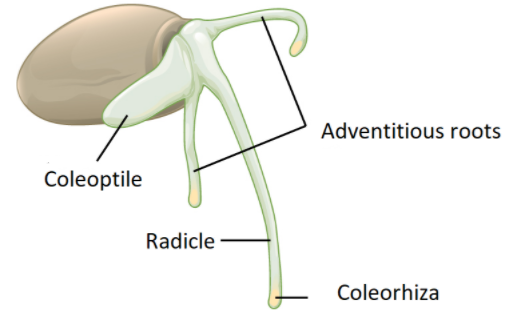Biology Chapter 5 Morphology of Flowering Plants Notes Class 11 - FREE PDF Download
FAQs on Morphology of Flowering Plants Class 11 Notes: CBSE Biology Chapter 5
1. What are the Characteristics of Angiosperms according to Morphology of Flowering Plants Class 11 Notes?
Angiosperms comprise of all flower-bearing plants on the Earth and hence are also termed as flowering plants. They can adapt to the various surrounding environment and grow up to become bushes, shrubs, herbs and other small-sized plants. Some essential features of angiosperms include: (a) angiosperms contain stamen and tiny pollen grains (b) they feature small female reproductive parts (c) they produce endosperm (d) they flower at least once in their lifespan.
2. What are the Dissimilarities Between Flowering and Non-Flowering Plants in Morphology of Flowering Plants Class 11 Notes?
The fundamental difference between a flowering and non-flowering plant is the way they reproduce. Pollination is the method of reproduction for flowering plants, and non-flowering plants make use of dispersion. Another dissimilarity is that flowering plants are further segregated into angiosperms and gymnosperms, while non-flowering ones are classified into Bryophyta, Pteridophyta and Thallophyta. Furthermore, flowering and non-flowering plants also differ in the way they attract animals. Although both the types are prone to all kinds of pests, small mammals, etc., you will notice that butterflies, birds and bees are also attracted to flower-bearing plants. They do not harm the plant, rather harvest pollen and nectar.
3. What are the Parts of a Flower in Class 11 Morphology Of Flowering Plants Notes?
There are four basic parts of a flower, namely – calyx, corolla, androecium and gynoecium. Firstly, the calyx is the sepals comprising the outermost part of a flower, supporting the entire structure. Secondly, corolla denotes the brightly coloured petals attracting birds, butterflies, etc., facilitating pollination. Thirdly, androecium is the male reproductive part consisting a stalk, filament and anther. Lastly, the gynoecium is the female reproductive part containing stigma, ovary and style.
4. Why Vedantu’s Class 11 Morphology Of Flowering Plants Notes are Essential?
Vedantu curates thorough revision notes that will assist students during their both terminal and final examinations. Plus, Class 11 Morphology Of Flowering Plants Notes features crucial topics that are immensely important for students. Besides, the notes are prepared in straightforward language and written by subject experts having years-long expertise in the field.
5. What is the morphology in flowering plants of Chapter 5 Class 11 Morphology Of Flowering Plants Notes?
Morphology in flowering plants refers to the study of the different parts of a flowering plant. It is a must for the students of Class 11 to study the different parts of a flowering plant because it shows a wide variation in the shape, size, and structure of its flowers, leaves, and other parts. Students will also study different terms related to the morphology of flowering plants. Morphology of flowering plants also includes the structure of seeds in detail and different types of seeds.
6. Is the morphology of flowering plants important for NEET?
The morphology of flowering plants is discussed in Class 11 Biology Chapter 5. It is an important Chapter for the students preparing for NEET. Many short and multiple-choice questions are asked from the chapter in the NEET. Students of Class 11 should thoroughly study and understand the concepts given in Chapter 5 of Class 11 Biology. They can refer to the Class 11 Biology Chapter 5 Revision Notes for understanding the details and major concepts are given in the chapter.
7. What is inflorescence in Morphology of Flowering Plants Short Notes PDF?
Inflorescence Class 11 Biology refers to the arrangement of flowers in a flowering plant. There are two types of inflorescence seen in flowering plants.
Racemose: In this type of arrangement, the new flowers grow near the apex and older flowers remain at the base.
Cymose: In this type of arrangement, new flowers grow at the base and old flowers remain at the apex.
Students of Class 11 can understand inflorescence from the Biology notes available at the Vedantu website. They can visit the page CBSE Class 11 Biology Revision Notes Chapter 5 to download the Class 11 Biology Chapter 5 notes at free of cost.
8. How do you memorise the morphology of flowering plants in Morphology of Flowering Plants Notes Class 11?
Students of Class 11 have to understand and learn the concepts of the morphology of flowering plants to memorize. Students can study from the Class 11 Biology Chapter 5 Revision Notes. The notes are given in easy to understand language for the students of Class 11. They can read the CBSE Class 11 Biology notes Chapter 5 to memorize the main concepts. All concepts are given in detail so that students can memorize the main terms easily.
9. What are the different regions of a root in Morphology of Flowering Plants Notes Class 11?
Roots have different parts. The main parts of roots include root cap, region of meristematic activity, region of elongation, region of maturation, and modifications of the root. The root cap covers the apex and protects it. In the region of meristematic activity, cells divide. The cells in the region of elongation enlarge and help in the growth of roots. The region of maturation is the part where matured cells are found. Modifications of roots can occur to support the plants.
10. How can I use the Morphology of Flowering Plants Short Notes PDF to study effectively?
You can use the Morphology of Flowering Plants Short Notes PDF by regularly reviewing it to reinforce your understanding of key concepts. Focus on the clear points and diagrams provided in the Morphology In Flowering Plants Notes to help visualise and remember plant structures and functions. Practice summarising sections in your own words and test yourself with any review questions included to check your grasp of the material.
11. Are the Morphology of Flowering Plants Short Notes PDF updated according to the latest CBSE syllabus?
Yes, the Morphology of Flowering Plants Short Notes PDF is updated according to the latest CBSE syllabus. This ensures that the Morphology In Flowering Plants Notes reflect the most current curriculum and exam patterns, helping you study relevant and accurate information for your exams.























